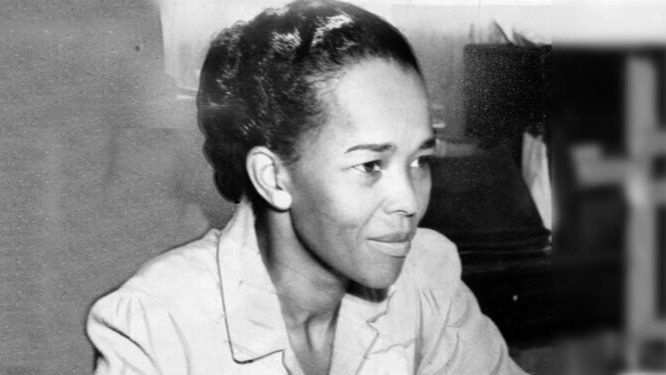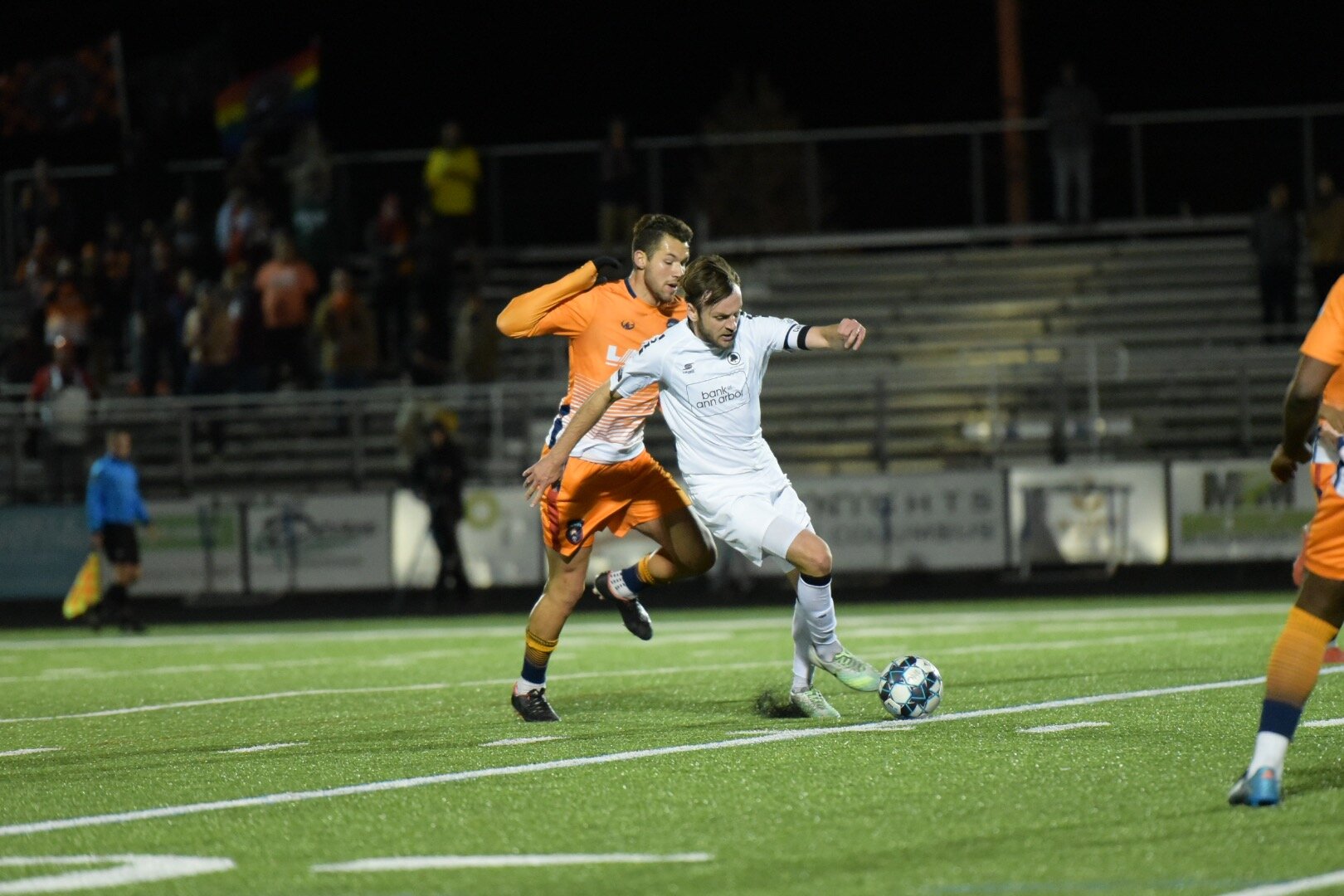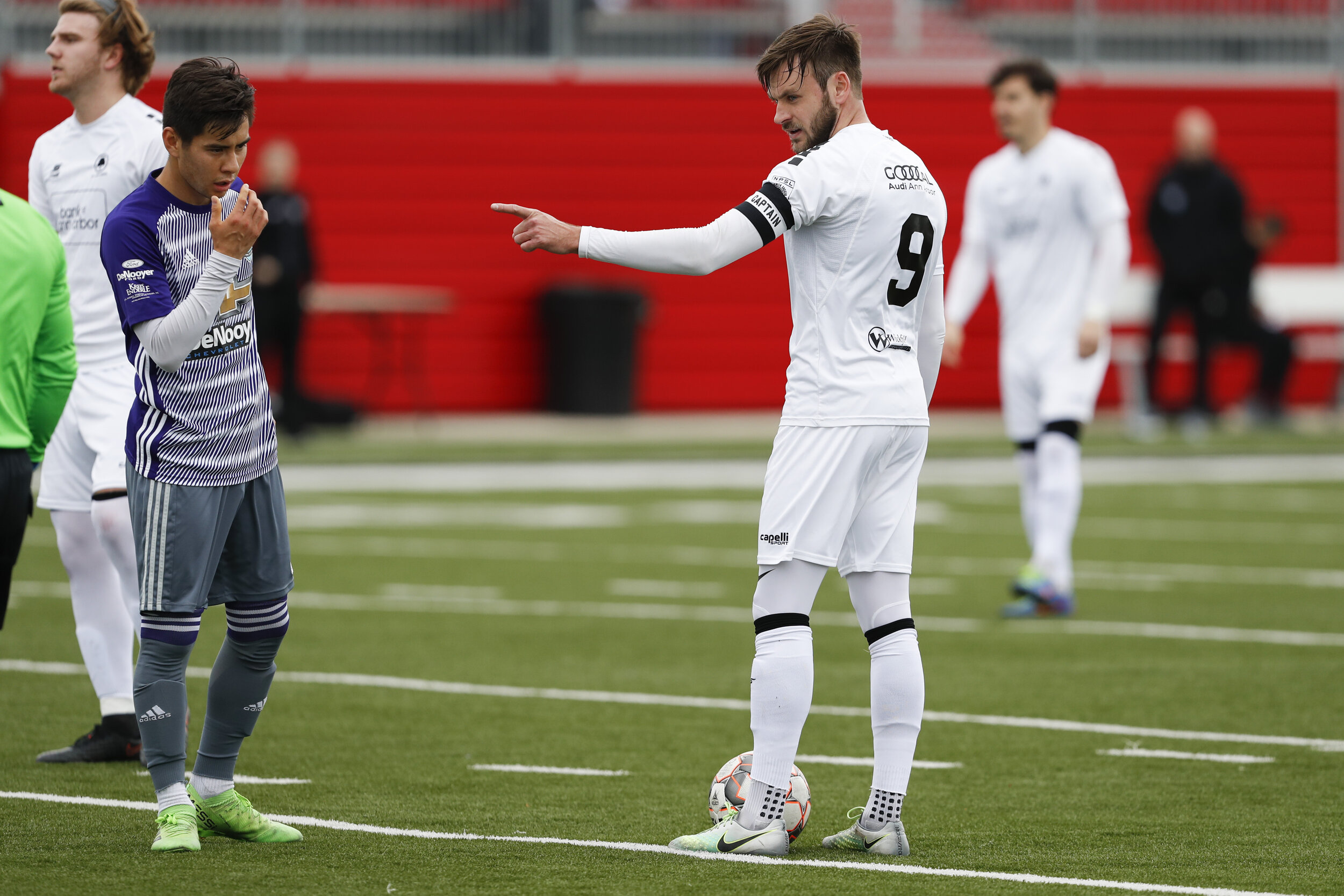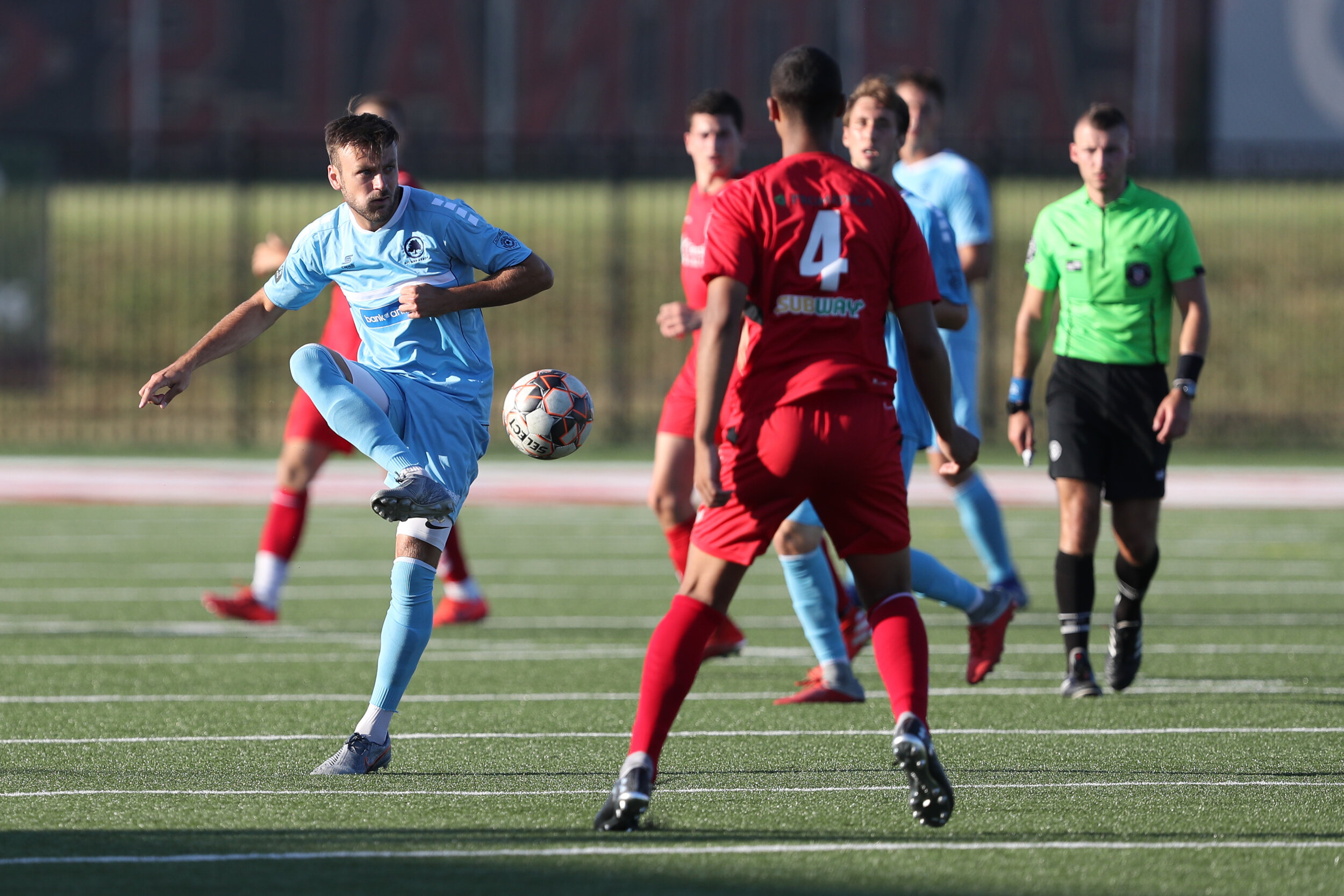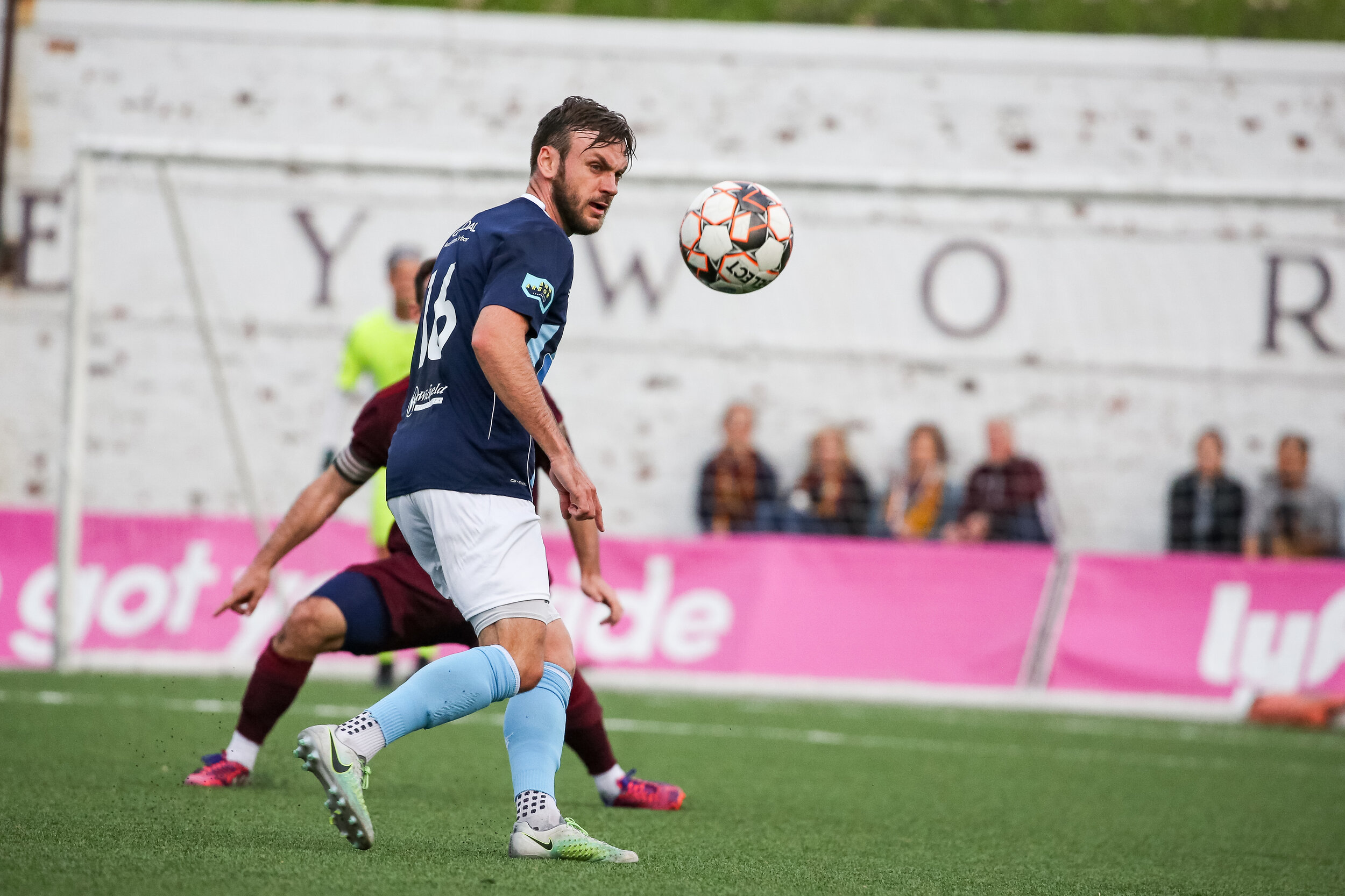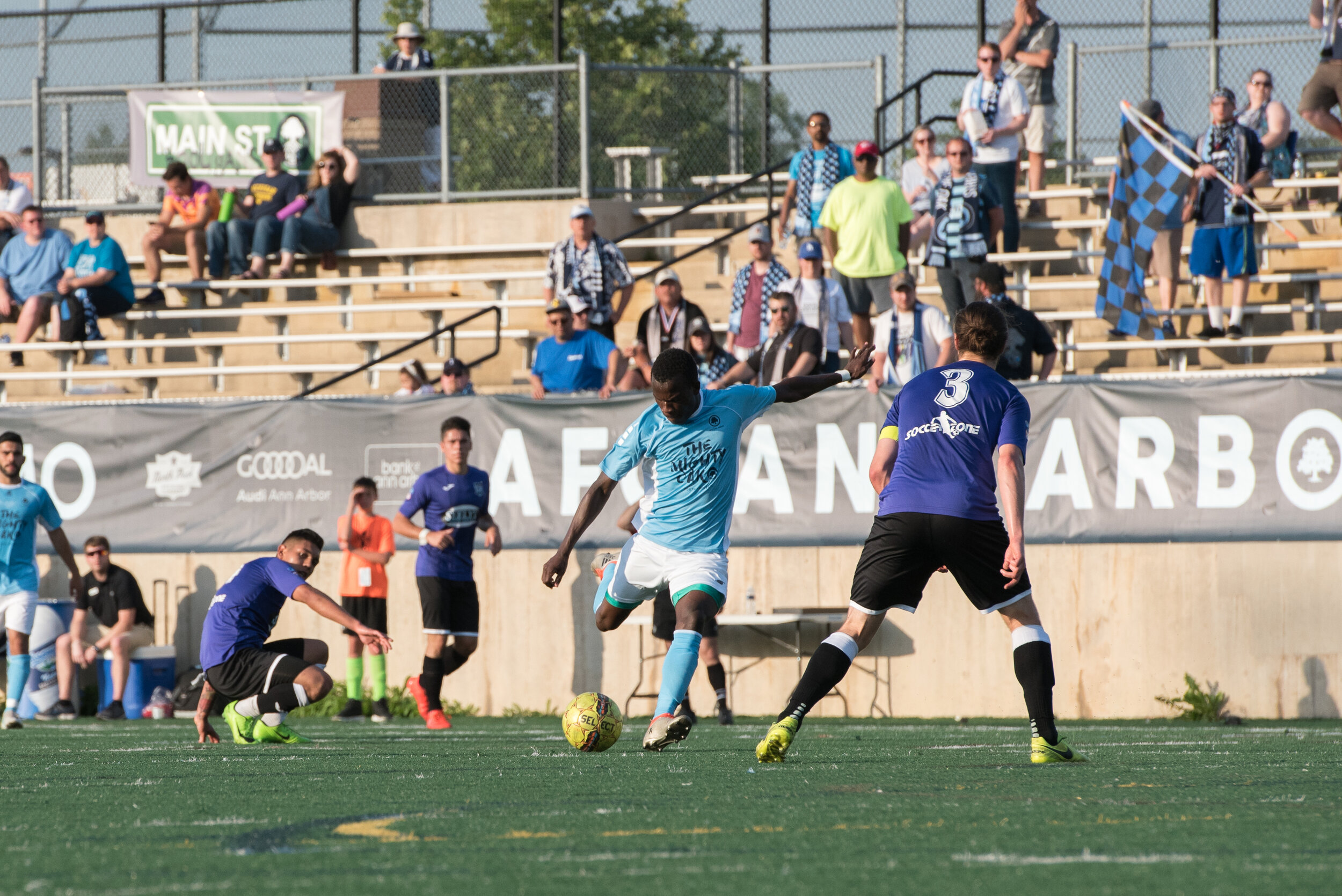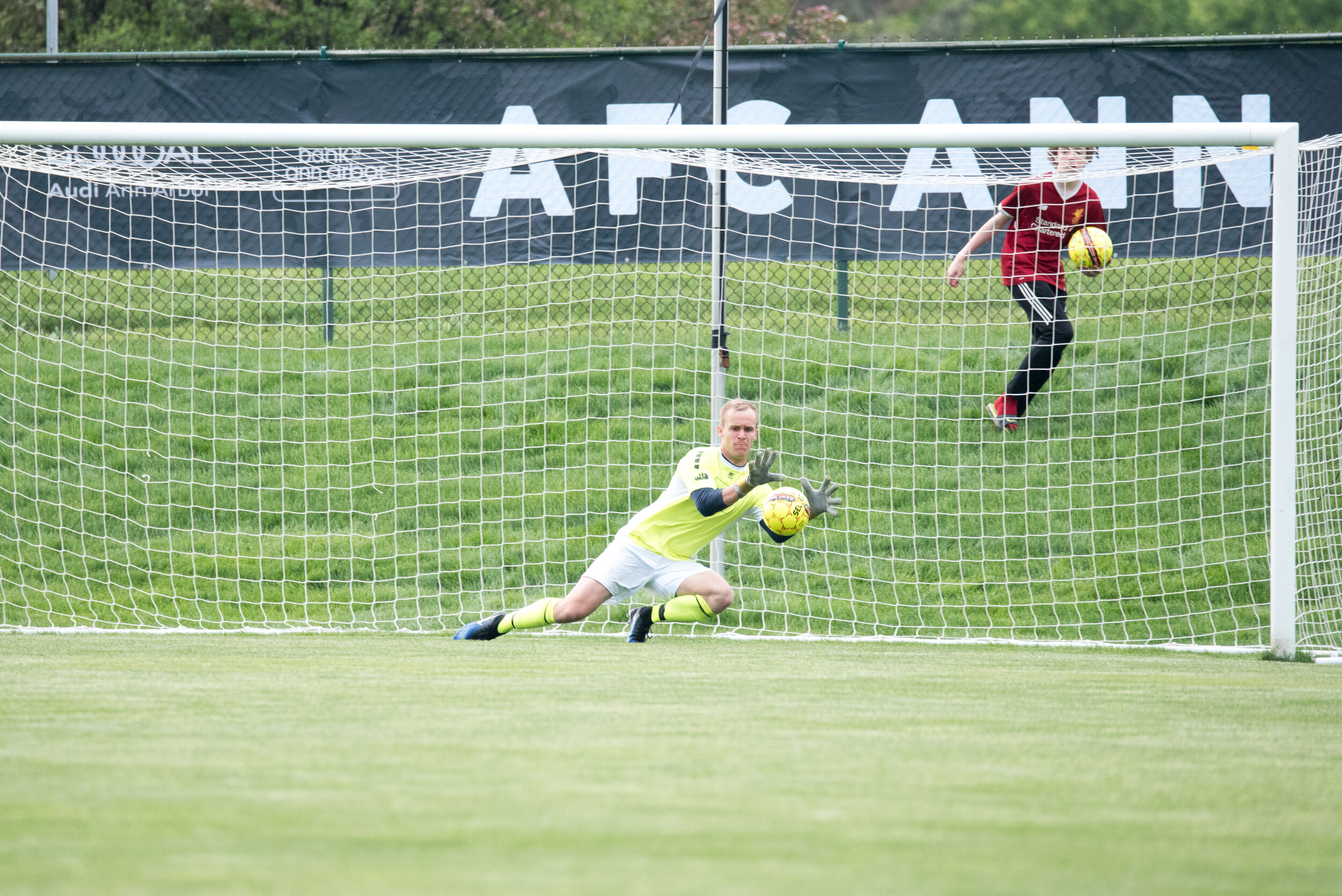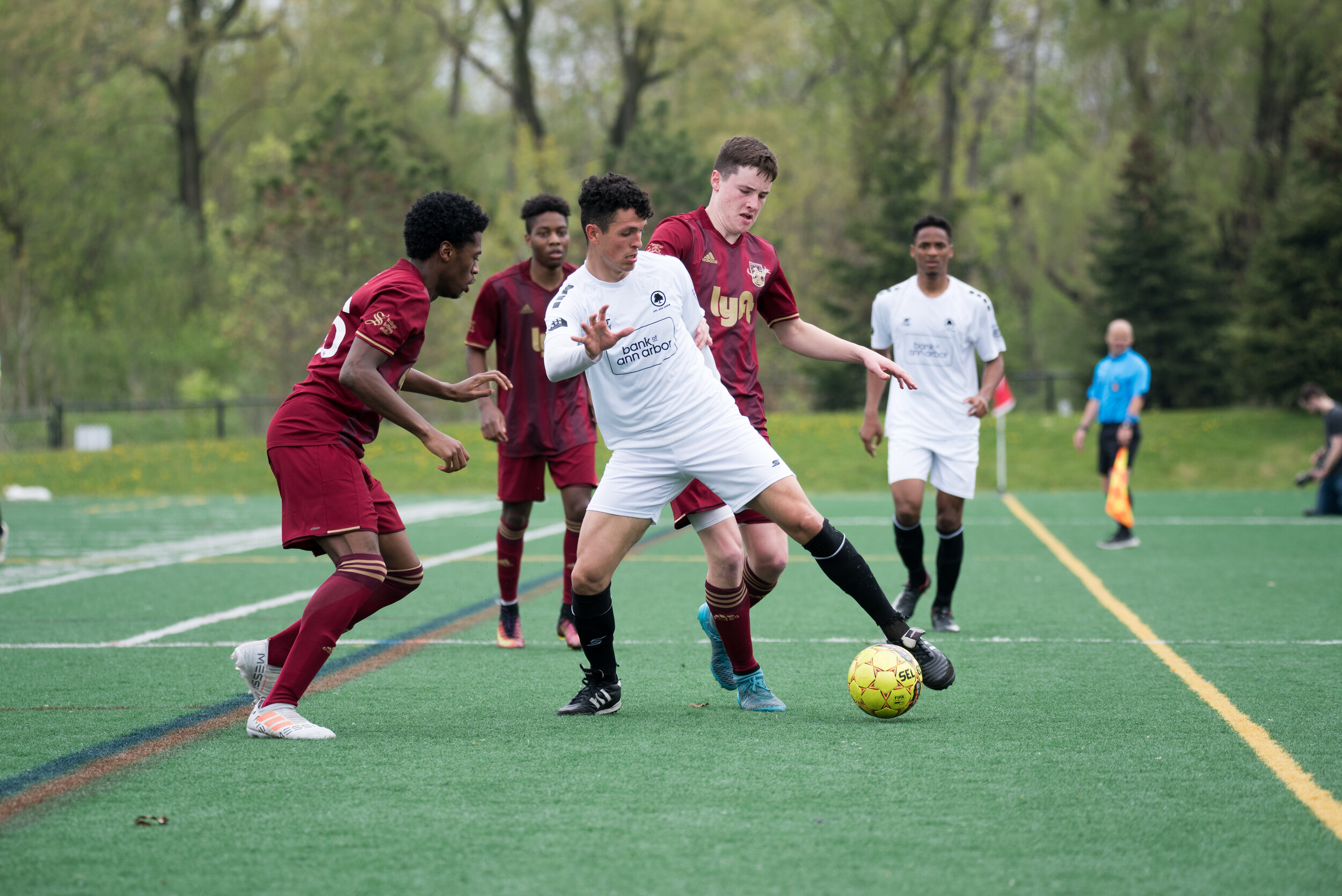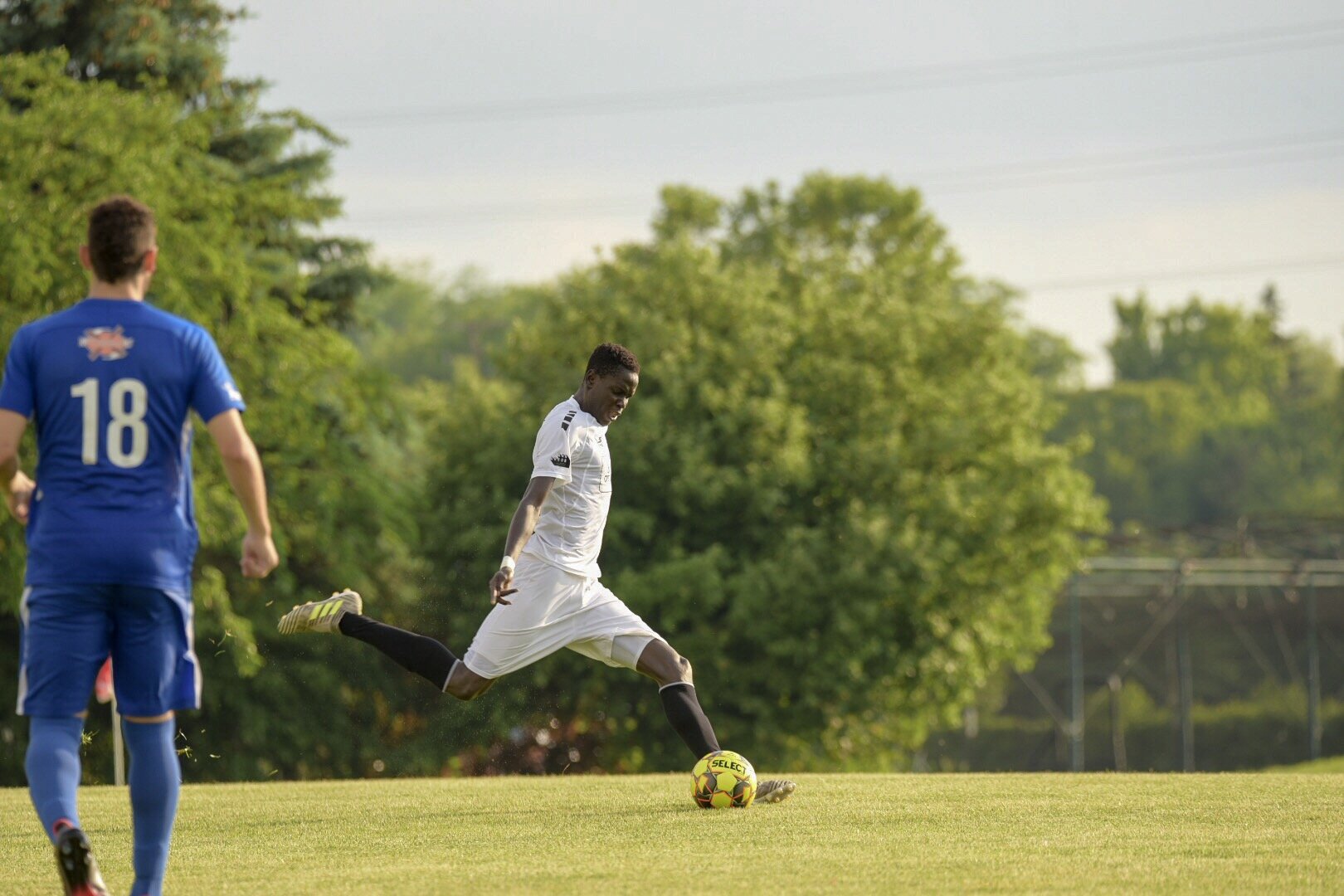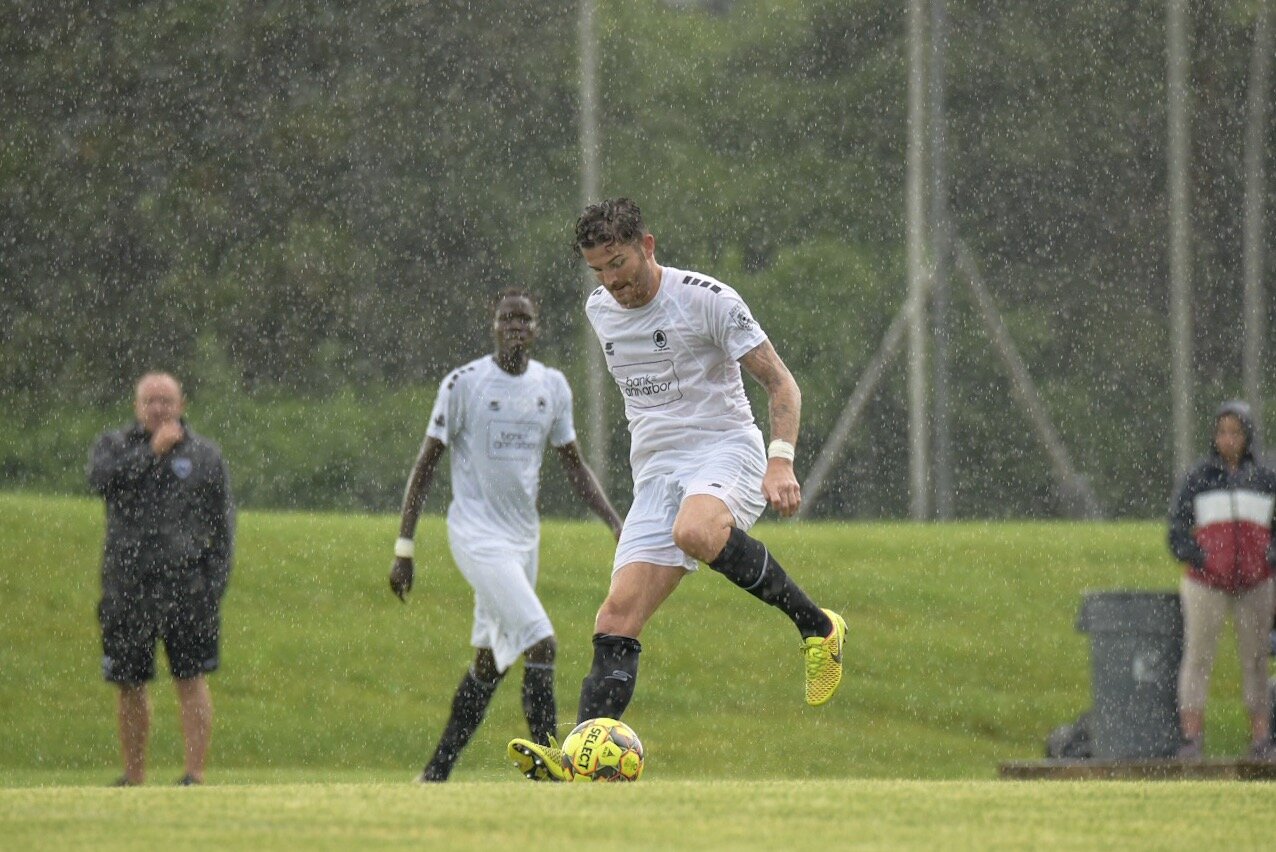(Photo Credit: Ann Arbor District Library, Image Rights held by The Ann Arbor News)
By Ryan Makuch
This Black History Month, AFC Ann Arbor want to take time to shine light on those involved in Black History within our community and our club. We will be featuring members of either the AFC Ann Arbor Family or the Ann Arbor-community each week in an attempt to celebrate the accomplishments of each of these men and women.
Albert Wheeler’s story begins in St. Louis, Missouri, but from there it goes on a long, winding, path, to end up in Ann Arbor. Born in 1915 and raised in St. Louis, Wheeler would move out to Oxford, Pennsylvania, to attend Lincoln University for undergraduate schooling, and then move back to the Midwest for grad school at Iowa State University. Wheeler would then move to Ann Arbor in the late-1930s to work towards a Ph.D. at Michigan – this also happens to be where he met his wife, Emma, and the two would wed in 1938.
Albert would graduate with his Ph.D. in 1944 and would quickly become a research associate for the university’s Serology Laboratory. Albert would continue in that role until 1952 when he would be named to a newly created position in microbiology that would ultimately make him the first ever tenured Black professor at the University of Michigan. His department specialty was venereal disease, with a focus on syphilis, and he would achieve promotions to associate then full professor, before earning the title ‘Professor Emeritus of Microbiology and Immunology’ upon his retirement in 1981.
Aside from his work with the university (or perhaps partially because of his profession as one of a select few Black professionals in Ann Arbor in the 1940s) he was also actively involved in civil activism. He was one of the founding members of the Ann Arbor Civic Forum, which would eventually become the city’s NAACP chapter (a chapter in which Albert and Emma were integral in setting up, as well). In the 1950s, the Civic Forum assisted in pushing the local government to establishing a Human Relations Commission to look into discrimination into the city – Albert would serve as part of it.
Emma was also heavily involved in activism during this time. She led the NAACP in protests that eventually led to the passage of the Ann Arbor Fair Housing Ordinance, which included nightly picketing for two years until the passage of this ordinance. Emma also worked to help recognize the needs of Black high school students and to redefine school disciplinary actions, which tended to be racially discriminatory, and helped design the first racial integration plan for the public schools of Ann Arbor. While she may not have been involved in the political spectrum like Albert was, Emma was a key member of the community as well.
Throughout the 1960s, Albert would continue to get involved in the political process, this time on a higher level in the state. In 1961 he would write a proposal to the Michigan Constitutional Convention which led to the establishment of the Michigan Civil Rights Commission, the first and only commission of its kind in the United States. He was vital in not just the writing but the pushing for this commission to be established in the state. In the late-60s he would also serve as the president of the Michigan NAACP branches, emphasizing his importance in both civil rights and the political sphere.
In 1975, Albert would run for mayor in the city of Ann Arbor. For the first time in United States mayoral history, the winner between him and incumbent James Stephenson was decided thanks to ranked-choice voting; a process in which, since no candidate received at least 50% of the vote, the second choice for a third-party candidate was counted. The system of ranked choice voting was argued against, primarily by Republicans, including those on a Board of Canvassers who refused to certify the election in Albert’s favor for a time, and in 1976 voters decided to repeal ranked-choice voting after just one year and one use.
Wheeler would become the first Black mayor in Ann Arbor history and to this day remains the only Black mayor to have served the city. While in office, Mayor Wheeler established both a city Human Services Department and a Fair Rental Practices Commission, two of his most lasting policy changes. Mayor Wheeler would only serve one term after another hectic election in 1977. Albert initially won by a single vote. He would, however, lose a court-ordered re-election in 1978 after it was revealed that voters were registered by the city clerk despite not living in the city of Ann Arbor. Albert’s mayoral stint may have contained this political theater drama; however, his lasting impact comes from ascending to the seat and serving his community in ways that extended far beyond a political seat.
Albert Wheeler continued to serve Ann Arbor up until his death in 1994. He would be survived by Emma, who remained a powerful force in the fight for equality and a champion in assisting those in need.





